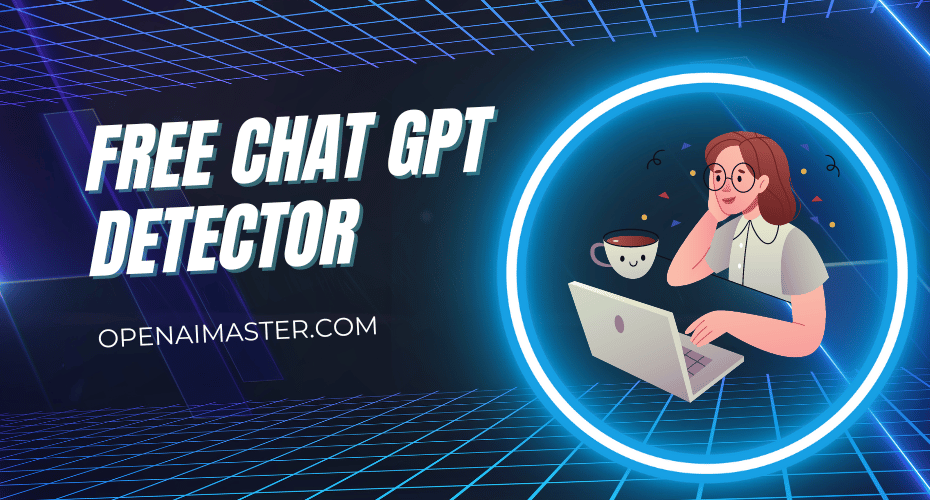AI language models can now generate deceptive content at scale. As disinformation proliferates, detecting AI-written text is essential for online credibility. This guide examines leading detection tools – equipping you to combat AI misinformation.
The Detection Arms Race
Sophisticated models like ChatGPT imitate human writing by learning statistical patterns from vast datasets. Generating convincing narratives, poems and code, AI threatens information integrity and trust.
Bad actors also utilize techniques like fine-tuning on false data to deliberately skew AI outputs towards fabrications aligned with their motives. For example, Anthropic researchers Claude and Daniel Gysi demonstrated manipulating Constitutional AI to generate misinformation.
Equally, models can be adversarially attacked to avoid detection – adding subtle mutations to impede statistical analysis. So maintaining detection accuracy is an escalating technological arms race between composers and detectors.
"Language models are in an innovation sprint – we‘re running just to stand still on detection." ~ Dr. Simon Harriman, Cohere
Inside the Detectors
Detectors analyze text using various approaches:
- Statistical analysis – comparing sentence structures, length variability, word distributions against human vs AI corpora
- Neural network analysis – transformer networks detecting subtle patterns from training on generative models
- Semantic analysis – evaluating factual consistency, logical coherence, and contextual knowledge grounding
Here we analyze leading free detectors leveraging combinations of these techniques:
| Detector | Approach | Accuracy | Strengths | Weaknesses |
|---|---|---|---|---|
| ZeroGPT | Statistical + Neural | 99% reported | Detects GPT-4; Easy batch analysis | Rate limited; Paid tiers |
| GPTZero | Statistical + Semantic | 87% claimed | Specialized for essays; Highlights passages | GPT-3 only; Poor general domain |
| GiantLMDetectors | Neural Ensemble | 96% published | Robust to obfuscation attempts | Computationally intensive; Complex |
However, models continue evolving rapidly to impede analysis. Techniques like pruning parameters or embedding distraction can mask their origins. Equally, models may naturally converge towards more human-like distributions without explicit deception attempts.
So while accuracy rates seem impressive, maintaining ongoing detector efficacy requires extensive computing resources and continuous retraining. Ultimately the bar for unambiguous detection in adversarial scenarios may keep rising.
Deploying Detectors Against Deception
Despite limitations, integrating detection capabilities on user-generated content platforms can help address credible threats of misuse:
Social Networks
Browser extensions like AI Text Classifier analyze posts to warn of likely AI authorship. They even detect subtle adversarial attacks to trick analysis models.
Equally, natively embedded detectors can automatically flag suspicious text to prioritize fact-checking by moderators. Slowing the viral spread of AI-generated misinformation before irreversible community impacts.
Services like Inky and Tessian offer AI-powered email filters to catch increasingly sophisticated social engineering and phishing attempts leveraging natural language generation. Detecting stylistic anomalies in written tone/voice helps highlight deceptive communication for scrutiny.
Publishing
Before hitting publish, news organizations can analyze article drafts with detectors to quantify any AI risk levels requiring further sourcing corroboration. For example, Dynamic News utilize detectors to computationally fact-check drafts and prompt writers for clarifications on statements scoring low knowledge-grounding.
Ethical Detection Dilemmas
However, AI detectors also introduce ethical tensions around consent, privacy and determinism. For example, scanning private communication like email without appropriate disclosures risks violation of expectations. generated
Equally, false-positives incorrectly attributing human creativity to AI may deprive authors of due credit. Misclassifications highlight that parameters chosen implicitly edge towards Euro-centric linguistic norms. So blindly training detectors risks perpetuating historical biases by favoring traditional dialect.
Overall as detectors evolve in sophistication, we must thoughtfully navigate tensions through transparent policies and localized standardizations. Only through balancing innovation with responsibility can technological progress also advance social empowerment.
The path ahead remains filled with open questions as generative AI progresses while pushing detectors to keep pace. But by combining vigilance, accountability and collective wisdom – we can protect online credibility against misinformation advanced through technology.
